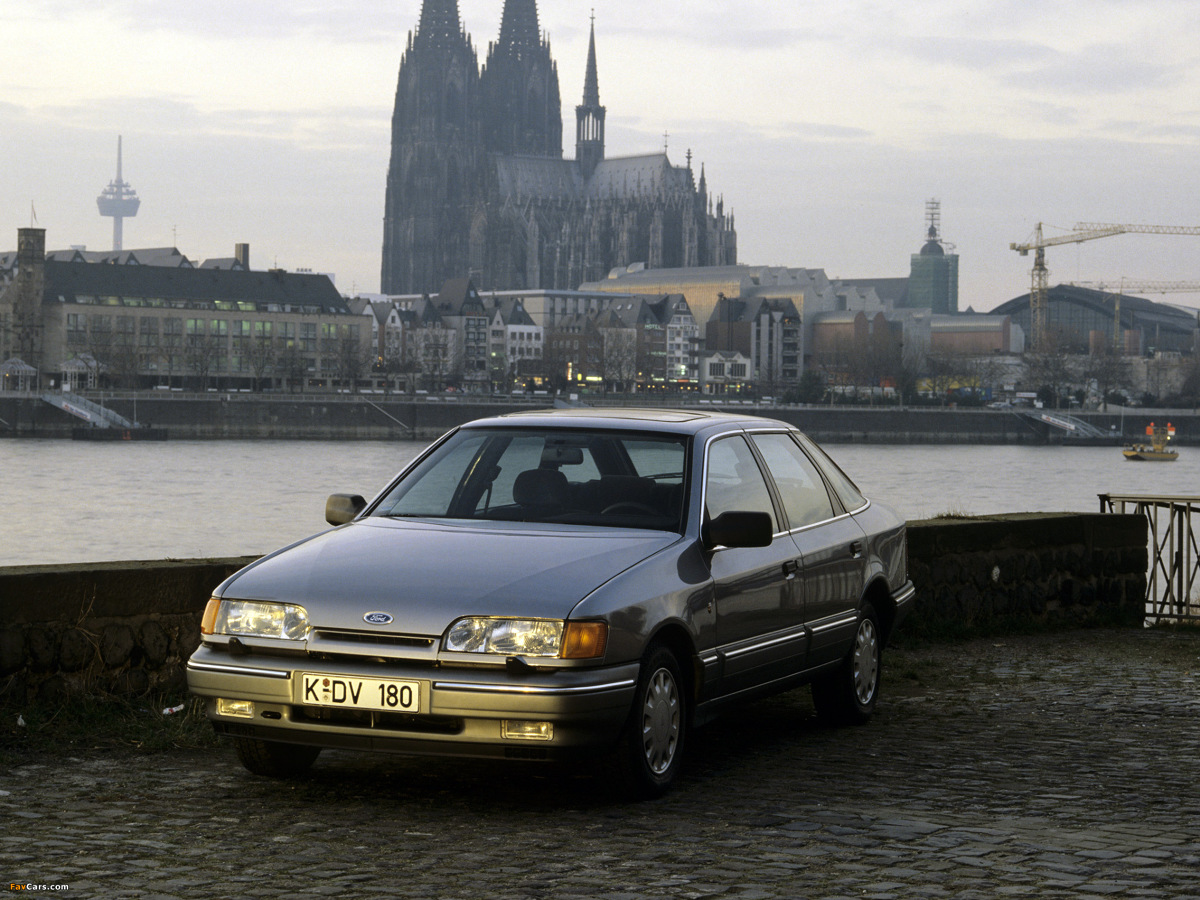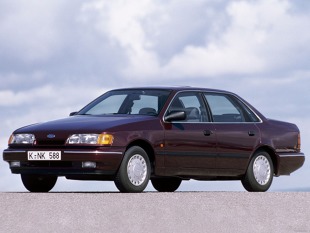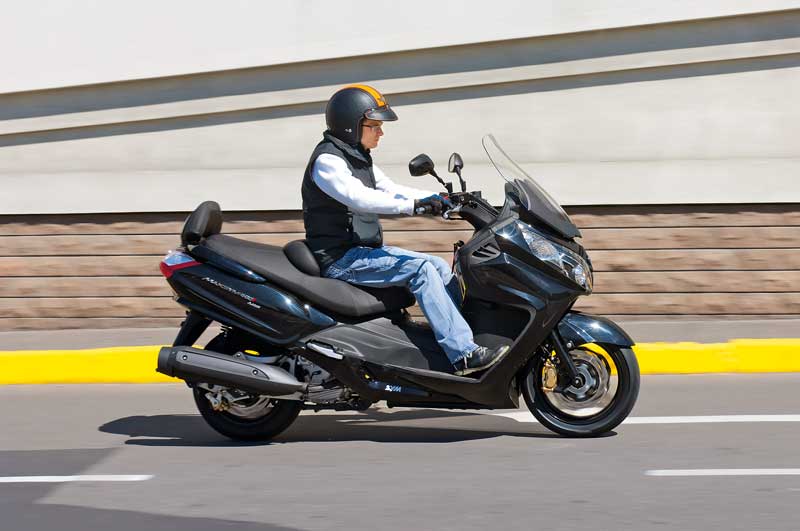
Ford Scorpion. Is it worth buying?
 Scorpio debuted thirty years ago and became the successor to the legendary Granada and an important player in the E segment. It was appreciated then, but today it is a little forgotten.
Scorpio debuted thirty years ago and became the successor to the legendary Granada and an important player in the E segment. It was appreciated then, but today it is a little forgotten.
The car, introduced in 1985, was built on an extended floor slab that Sierra liked a lot. Ford decided on an unusual move - on the border of the D and E segments, where the Scorpio was positioned, sedans reigned supreme, and the Granada's successor debuted in a liftback body. In subsequent years, a sedan and station wagon joined the offer. On the one hand, the choice of such a body forced designers to the difficult art of creating the stately, elegant silhouette desired by the clientele, and on the other hand, it made it possible to obtain functionality that was not available for sedans. The risk paid off - a year after its debut, the car won the title of "Car of the Year 1986".
 The body of the Scorpio could resemble the smaller Sierra - both the body itself and the details (for example, the shape of the headlights or door handles). However, he was much larger than her. In the mid-80s, the car was distinguished by its equipment - each version had ABS and an adjustable steering column as standard. Interestingly, at the beginning of production, such a large car did not have power steering as standard. They began to collect two years after the premiere
The body of the Scorpio could resemble the smaller Sierra - both the body itself and the details (for example, the shape of the headlights or door handles). However, he was much larger than her. In the mid-80s, the car was distinguished by its equipment - each version had ABS and an adjustable steering column as standard. Interestingly, at the beginning of production, such a large car did not have power steering as standard. They began to collect two years after the premiere
The editors recommend:
Vehicle inspection. There will be a raise
These used cars are the least accident-prone
How often should brake fluid be changed?
The car offered many configuration options - customers could retrofit the car with many extras reserved for the upper class - from leather upholstery and electrically adjustable seats, heated windshield and air conditioning to 4×4 drive and advanced audio systems. People who decided to buy Scorpio had a choice of many engines - these were 4-cylinder units (from 90 to 120 hp), V6 (125 - 195 hp) and diesels borrowed from Peugeot (69 and 92 hp .With.). The most interesting was the most powerful version of the 2.9 V6 - its engine was made by Cosworth designers. The first generation Scorpio was sold until 1994. Two years before the end of production, the car underwent a facelift - the appearance of the instrument panel mainly changed, and standard equipment was also improved. According to various sources, the first generation Ford Scorpio sold 850 or 900 thousand copies. copies.
See also: Testing the Volkswagen city model
While the above figures may indicate the success of the car in its first version, sales of the second generation should be defined as a clear failure - they did not exceed 100 1994 copies. copies. Why? Probably, mainly because of the ambiguous appearance, reminiscent of overseas Fords. The Scorpio II, introduced in '4, featured a large grille and oval-shaped headlights at the front, and a narrow strip of lights at the rear, running the full width of the car. The controversial appearance was perhaps the only reason why this car was not a success. From the point of view of technology and comfort on the road, little has changed - in this regard, the car was hard to find fault with in any way. The second generation Scorpio was only available in sedan and station wagon body styles. The engine range was also limited - there were only three 2.0-cylinder engines (116 136 and 2.3 hp and 147 6 hp), two V150 units (206 and 115 hp) and one turbodiesel with two power options (125 and 4 hp). . All-wheel drive was also abandoned - the car was offered only with rear-wheel drive. The equipment of Scorpio II was very rich - each car was equipped as standard with ABS, 2 airbags and an immobilizer. I paid extra for the TCS traction control system, a multifunctional steering wheel or an electric sunroof.
What does Scorpio look like from today's perspective? The first generation can be successfully considered youthful. Not popular and available at affordable prices. Due to the age and small supply of the model in the secondary market, it is difficult to talk about typical malfunctions that haunt a large Ford - almost everything can break. Much depends on how the car was operated and serviced by the previous owners. The easiest engine to use will definitely be the 120 hp 2.0 DOHC engine known from the Sierra. It features fully electronic fuel injection and will last a long time if oil and spark plug change intervals are followed. Old V6s are conditionally recommended - by today's criteria they are not very dynamic, but they burn a lot of fuel, and their Bosch LE-Jetronic mechanical fuel injection can cause problems after many years. Their advantage, however, lies in the work culture.
